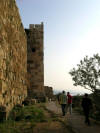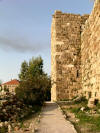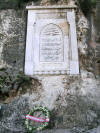Round The World and other travels
A frequent flyer's collection of trip diaries
November 2011: Jeita & Byblos
On our second full day in Lebanon we were joined by our guide Bertho, a new driver and a visitor from France, Laurent. Our tour would take us to Jeita Grotto and on to Byblos, with an initial stop at Nahr al-Kalb (see side panel).
Jeita Grotto
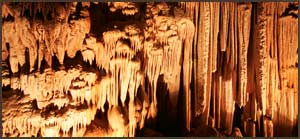 |
LEFT: Upper Grotto |
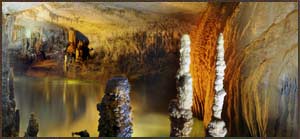 |
| RIGHT: Lower Grotto |
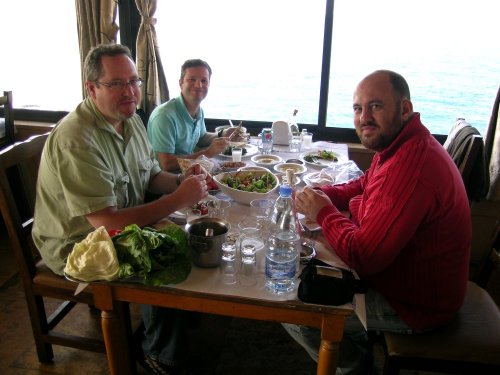 ABOVE: Bruce, Laurent and Bertho at lunch |
Byblos
Byblos is a coastal town located some 26 miles north of Beirut and is a UNESCO world heritage site, not least because it is one of the oldest continuously inhabited places in the world, dating from Phoenician times. Its current name is the Greek word for 'papyrus', which also became the source of English words like 'bible' and 'bibliography'. Byblos attracts archaeologists because the modern city is built on multiple layers of remains of previous civilisations. Additionally, there is a 12th century Crusader castle. Apart from the historical interest, the modern town is also an attractive and upscale coastal resort with a scenic mountain backdrop.
Nahr al-Kalb (Dog River)
Our first stop was near the mouth of Dog River, which runs from Jeita to the Mediterranean. In a tradition dating from ancient times, military monuments have been constructed here. The site is overlooked by a Christian shrine (and an electricity pylon!)
Linked reports from same trip:







